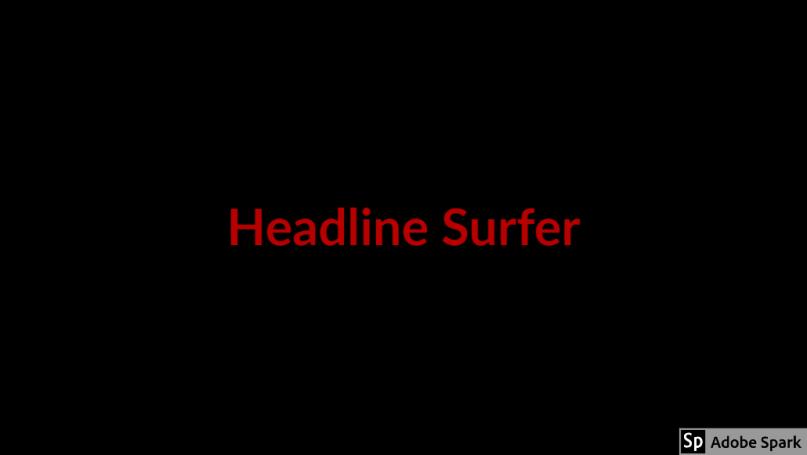
.jpg) NSBNEWS.net photo by Sera Frederick. Kevin Fall, project manager of the New Smyrna Beach Community Redevelopment Agency, informed city officials Tuesday night he expects the removal of arsenic-tainted soil at the former Dunn Lumber property at Canal Street and U.S. 1 to cost under $200,000 with available federal monies.
NSBNEWS.net photo by Sera Frederick. Kevin Fall, project manager of the New Smyrna Beach Community Redevelopment Agency, informed city officials Tuesday night he expects the removal of arsenic-tainted soil at the former Dunn Lumber property at Canal Street and U.S. 1 to cost under $200,000 with available federal monies.
NEW SMYRNA BEACH -- The city paid $417,000 to acquire the former Dunn Lumber property in January, viewed as the gateway to the city's tourism route at the intersection of West Canal Street and U.S. 1.
Tonight, city officials learned it could cost nearly half that amount to clean the site of arsenic-tainted soil. But the city will likely not have to pay for any of the clean-up with local taxpayers' dollars, thanks to $400,000 in federal funding New Smyrna Beach received last month to remediate or clean up so-called "brownfields -- sites contaminated by gasoline or other chemicals.
New Smyrna Beach was the lone municipality in Volusia County to qualify for a share of $6.2 million from the U.S. Environmental Protection Agency brownfields general funds program.
That's because New Smyrna Beach has 15 such contaminated sites hearkening back to Reconstruction with the railroads. lumber yards and other industrial entities. Besides the former Dunn Lumber parcels at 534 and 533 W. Canal Street, purchased by the city Jan. 11, other hazardous sites include the City's Administrative Office Building, boat ramp and marina, all near the North Causeway, the airport and the former Badcock Building site on East Canal.
Kevin Fall, community Redevelopment Agency project manager for the city offered two clean-up scenarios.
The first is a concrete capping of the arsenic-laden dirt that covers a 6 to 8 foot by 20-foot-long area that is 36-inches deep with contamination. The cost for that is $75,000 to $90,000, he said.
The second option is complete removal of the tainted dirt at a cost expected to be "below" $200,000, Fall said.
City Commissioner Lynne Plaskett was adamant at the beginning of discussion that she did not want a "Band-Aid approach" to the clean up with the first option.
City Commissioner James Hathaway said he had no problem with the second option, assuming the city doesn't have to spend any of its own money, something Fall said would not happen based on clean-up estimates for removal of the contaminated soil.
"It should be well under $200,000," Fall said, adding that ceiling amount is what's available to the city for contamination removal with the other $200,000 for gasoline-contaminated areas.
Commissioners Randy Richenberg and Jack Grasty, as well as Mayor Sally Mackay, agreed with Plaskett and Hathaway to authorize the more expensive remediation effort.
The city bought the former Dunn Lumber property as part of its efforts to revitalize West Canal Street at the intersection with U.S. 1 and to create a turning lane for motorists turning onto West Canal from southbound U.S. 1. That streetscape is at least a couple of years away.
